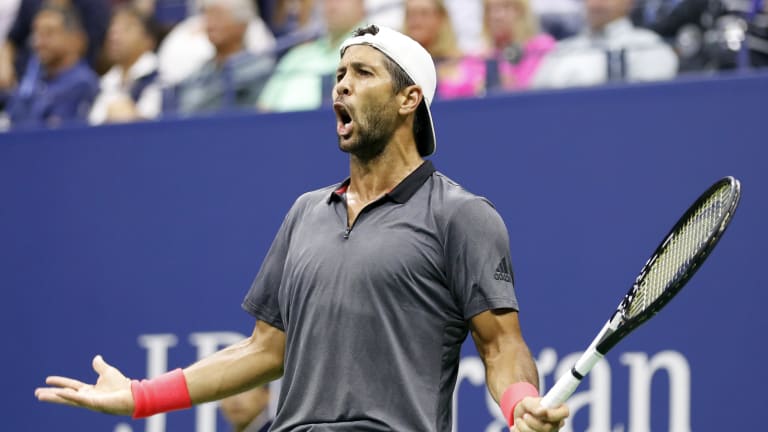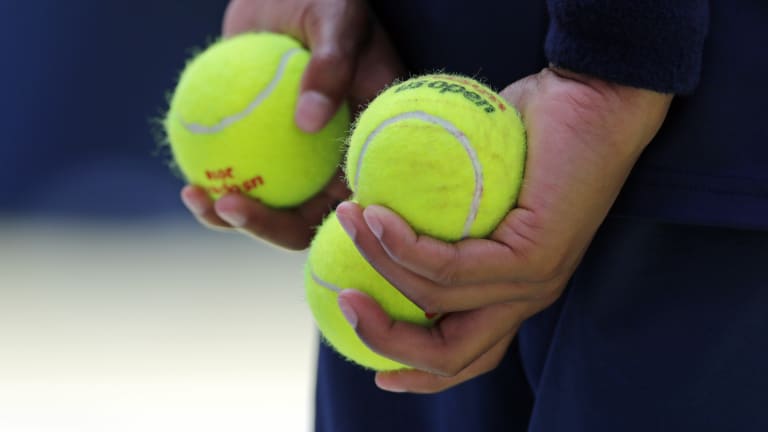WATCH—ATP Rankings Update:
Towelgate: Tennis needs to remember that ball kids are volunteers
By Oct 04, 2018News
The ATP is adding a heat rule like the one the women have had for more than 30 years
By Dec 15, 20252025 Year In Review
Aryna Sabalenka becomes seventh player to repeat as WTA Player of the Year
By Dec 15, 2025Ranking Reaction
Carlos Alcaraz kicks off milestone 50th career week at No. 1 on ATP rankings
By Dec 15, 2025Top 5 Stats of the Year
Stat of the Year, No. 5: Jannik Sinner’s historic finals feat at the five biggest tournaments
By Dec 15, 2025Style Points
Zheng Qinwen shows off "a rhythm of her own" in December Vogue China spread
By Dec 15, 2025Next Gen ATP Finals
Learner Tien tops Next Gen ATP Finals draw hoping to finish job in Jeddah
By Dec 14, 2025Opinion
Does tennis need a Rules Committee?
By Dec 14, 2025ATP Challenger Tour
Sinner, Alcaraz, Fonseca all won the Next Gen ATP Finals at 18. Will Justin Engel join them?
By Dec 13, 20252025 Year In Review
WTA Match of the Year Honorable Mentions: Comebacks, marathons, anti-epics, and Sabalenka on the winning side
By Dec 13, 2025Towelgate: Tennis needs to remember that ball kids are volunteers
Published Oct 04, 2018
Advertising
Advertising

Towelgate: Tennis needs to remember that ball kids are volunteers
© Copyright 2018 The Associated Press. All rights reserved.
Advertising

Towelgate: Tennis needs to remember that ball kids are volunteers
© Copyright 2018 The Associated Press. All rights reserved
Advertising

Towelgate: Tennis needs to remember that ball kids are volunteers